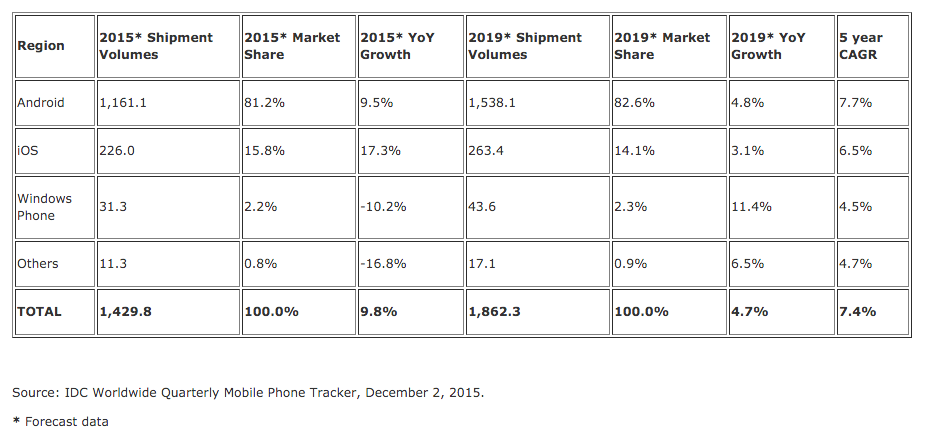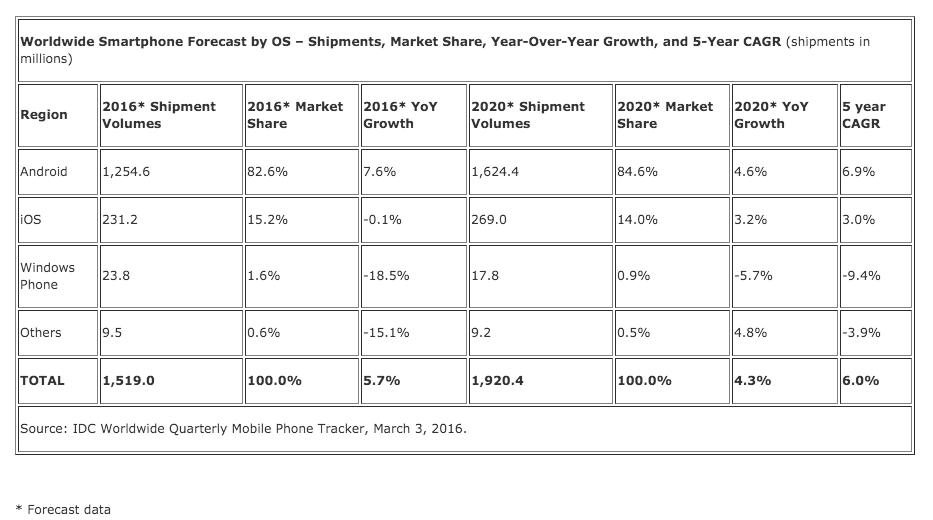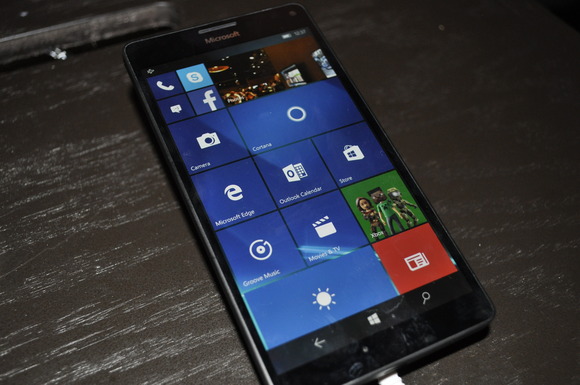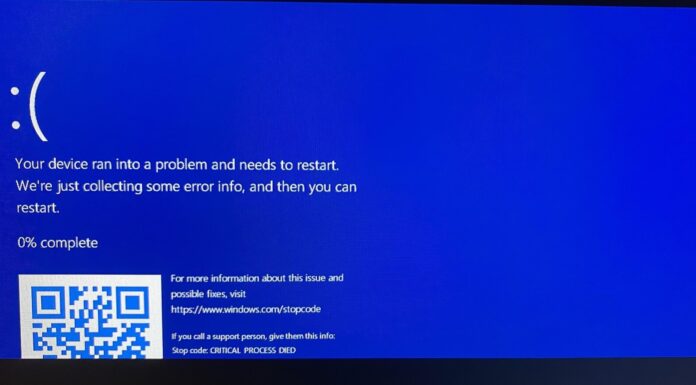IDC has released its recent Worldwide Quarterly Mobile Phone Tracker numbers. IDC’s latest Worldwide Quarterly Mobile Phone Tracker report reveals a decline in Windows Phone shipments. Windows Latest obtained the data and analyzed the reports.
In 2015, shipments dropped by 18%, totaling 11.1 million units. Interestingly, nearly all of these devices were from Microsoft or the Nokia brand. Despite new products showcased at the recent MWC conference in Barcelona from partner OEMs, it’s still uncertain how committed these manufacturers are to Windows Phone.

In its December report, IDC originally predicted 31.3 million Windows Phone shipments for 2015, but the actual shipments were 11.1 million units. Forecasting “Windows Phone Shipments” is a dreadful task that IDC must have understood by now. Yet they have forecasted for Windows Phone smartphone shipments again and expect a total of 23.8M Windows phones to be shipped in 2016.
In the above graphs curated by WindowsLatest.com, other types of phones are the smallest group (could belong to Nokia featured phones sold by Microsoft), shipping only 11.3 million units in 2015, or 0.8% of the market, decreasing by 16.8% from the previous year.
They are expected to ship 17.1 million units in 2019, which is 0.9% of the market, growing by 6.5% from the previous year. Their five-year growth rate is predicted to be 4.7%.
IDC’s predictions for Windows Phones between 2016-2020

As shown in the above graph, Android phones are again on top, with 1,254.6 million units shipped in 2016, which is 82.6% of the market. It had grown by 7.6% from the previous year. It’s forecasted to ship 1,624.4 million units in 2020, which will be 84.6% of the market, showing a growth of 4.6% from the previous year.
The five-year growth rate is expected to be 6.9%.
iOS phones shipped 231.2 million units in 2016, which is 15.2% of the market. However, it slightly declined by 0.1% from the previous year. The forecast for 2020 is 269.0 million units, which would be 14.0% of the market, with a growth of 3.2% from the previous year. Its five-year growth rate is expected to be 3.0%.
Windows Phone’s numbers are lower, with 23.8 million units shipped in 2016, or 1.6% of the market. It decreased significantly by 18.5% from the previous year. By 2020, it’s expected to ship only 17.8 million units, or 0.9% of the market, decreasing by 5.7% from the previous year. The five-year growth rate is negative at -9.4%.
As you can see, Microsoft’s strategy is clearly not working out. But will Windows 10 Mobile save Microsoft’s dream of “One Windows OS on all devices”? Let us know in the comments below.


























